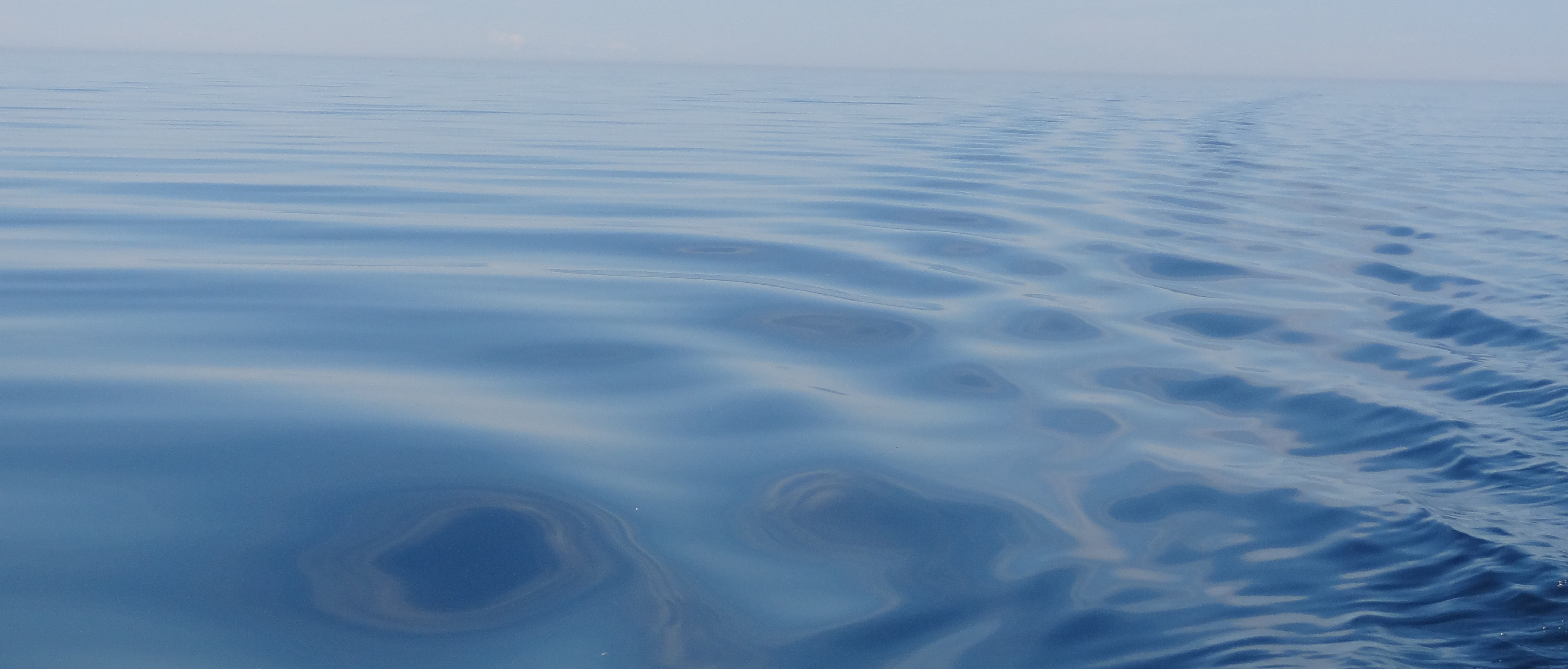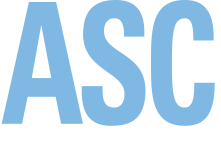Low levels of PFAS found in maple syrup
A joint project with the Voigt Intertribal Task Force – a group composed of 10 of the 11 Ojibwe tribes that harvest from the Ceded Territories in parts of Minnesota, Wisconsin, and Michigan – and Aquatic Sciences Center staff has released its initial findings about polyfluoroalkyl substances (PFAS) levels found in maple syrup. The tribally driven project, “Quantifying PFAS bioaccumulation and health impacts on economically important plants and animals associated with aquatic ecosystems in Ceded Territories,” was funded by the US Geological Survey’s Water Resources Research Act Program. For more information about the origins of the project, see go.wisc.edu/fvzuhs.
The Voigt task force ensures safe harvest limits and is advised by the Great Lakes Indian Fish and Wildlife Commission.
The findings were released in an article (go.wisc.edu/a983e8) in “Environmental Science and Pollution Research,” in which the researchers outlined their findings regarding PFAS in maple sap and syrup. They found two types of PFAS in maple sap and 10 types in maple syrup. They are the first to report the detection of PFAS in maple sap and syrup.
“The good news is that we detected very low levels of PFAS,” said Gavin Dehnert, emerging contaminants scientist with Wisconsin Sea Grant. “They are levels that are below drinking water standards and do not pose an immediate health risk to people.”
Dehnert suspects there are more types of PFAS in maple syrup than in the sap because the boiling process concentrates previously undetectable levels from the sap. He also noted that the PFAS could have come from equipment used during the syrup-making process.
The Voigt Intertribal Task Force has asked Dehnert’s team to expand the study by sampling maple sugar – a concentrated form of maple syrup – for PFAS and to try to determine where the PFAS contamination originated. It could be coming from the soil, groundwater, or precipitation.
In addition to Dehnert, the project involves Jonathan Gilbert with the Great Lakes Indian Fish and Wildlife Commission, Emily Cornelius Ruhs with the University of Chicago, Sean Strom with the Wisconsin Department of Natural Resources, and Christine Custer and Robert Flynn with the U.S. Geological Survey. The maple sugar and PFAS source study is being funded by a Baldwin Wisconsin Idea grant.



